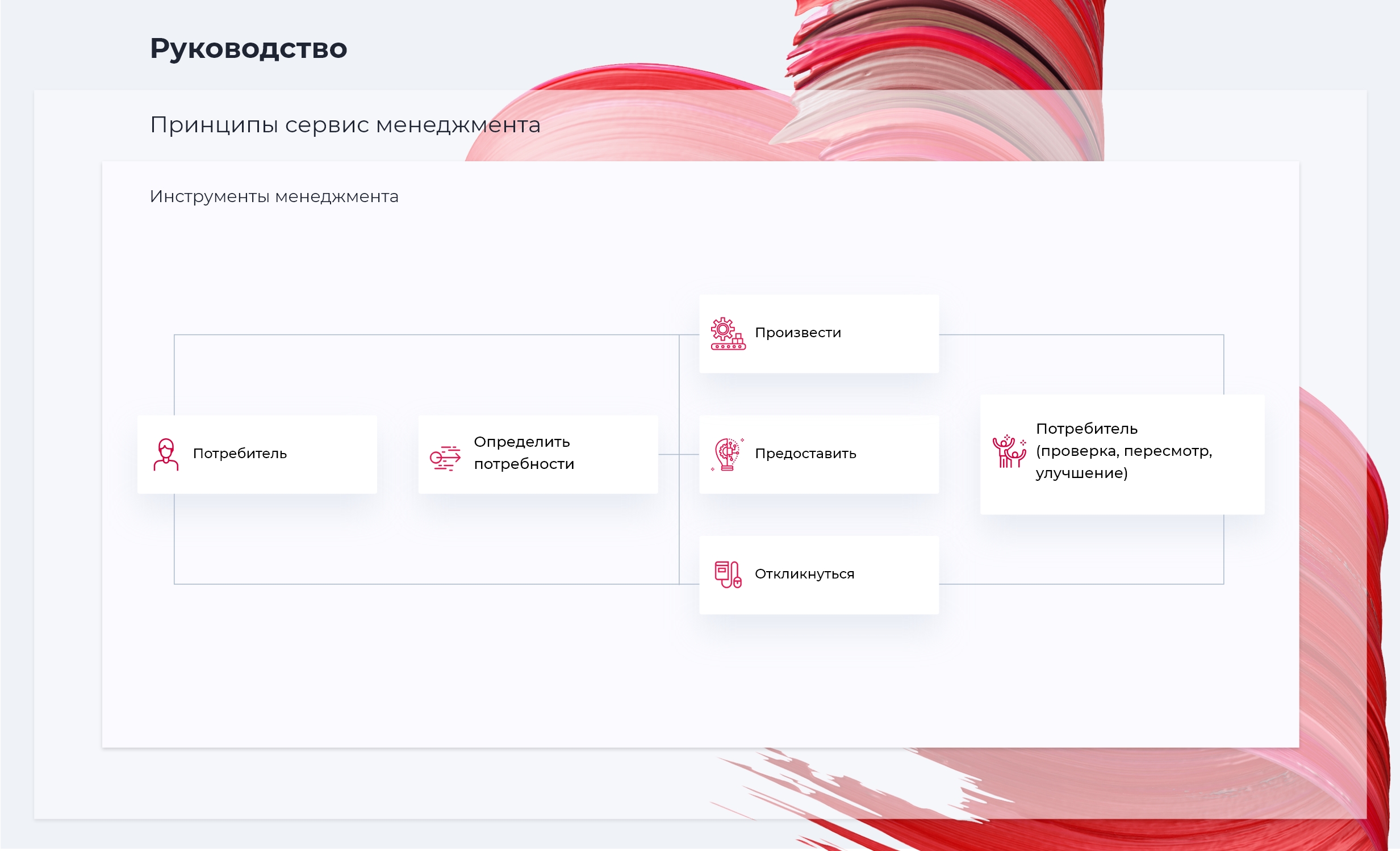Silo destruction through adaptation of the VeriSM ™ approach
Silage culture is the scourge of modern business of any level. The main sign of its occurrence is the closure of departments within its business processes, which will certainly lead to a shift in focus from the company's global objectives to meeting its own. A silo is in its essence a bunker that is closed to transparent interaction aimed at solving common issues for an organization. Each silo works for itself, and since there is no cross-functional interaction, often tasks are duplicated and a situation arises when the left hand does not know what the right hand is doing. Today we will talk about the management model, which was created to destroy such bunkers and form a unified team for the effective implementation of the common goals of the company.

VeriSM TM is called the new service management model for the digital era. Let's try to figure out which events led to the need for a completely new approach to management and who can derive maximum benefit from this.
To begin with, VeriSM TM is not an evolution of practices such as ITSM, and not an attempt to extend them beyond the IT department in organizations, as happens in ESM (Enterprise Service Management) solutions. A key feature of VeriSM TM is a different look at the organizational approach in the company, which is transformed into a single service provider for delivering value through a product or service to the final consumer. Consumer interests are put at the forefront, and the level of interaction in the company is transformed into a kind of agile-team, whose members are all divisions of the organization, not individuals.
Back to basics
According to ITIL (IT Infrastructure Library), service providers have archetypes that fall into three categories:
Type I is an internal service provider (meaning internal for each unit, and not for the organization as a whole).
Type II is a general service provider (for example, a single IT department for the whole company), but which at the same time serves general purposes very indirectly and is aimed at satisfying an internal customer.
Type III - external service provider.
The VeriSM TM doctrine tells us that the first two types are hopelessly outdated and not suitable for use in a modern digital company. Let's try to figure out why.
When using the first type, each business unit has its own IT, HR or analytics specialists. On the one hand, it may seem that such a model can have a positive effect on the company's results, because in this case the specifics of providing the service is limited to one unit, and resources are concentrated on a narrow circle of tasks. A so-called VIP-support is being created. But this is only an illusion of well-being.
With such an approach, the emergence of bunker relations is inevitable, and ultimately the “silo” mentality spreads throughout the company. The longer this type of organization of business processes functions, the more departments close within themselves and focus on solving their own issues. Cross-functional interaction at the same time tends to zero, the entire back-office solves problems within its divisions, fully concentrating on the internal customer. The company's global goals are eroded, and the consumer is remembered when it is already too late.
The second type is found more often and is characterized by departments that provide services for the entire company. As with the use of the first archetype, relations within the company are reduced to market relations. It is easy to imagine, figuratively placing the seller behind the counter, personifying, for example, the IT department, and on the other side - the buyer, whose role is played by business units and other customers within the company. The buyer constantly demands something, is always dissatisfied and all the forces of the seller go on trying to satisfy the needs of the client. Only in this case, this client is internal. So, for the sake of which the business operates, goes into the background. The idea of providing value through services and products produced by the company is lost.
VeriSM TM proposes to focus on the third type and move away from market relations within the company. At first we mentioned the agile team for a reason. Imagine that the whole organization begins to work in the mode of iterative improvement of its product or service. The groups working on the product self-organize and consist of developers, designers, testers, etc. Each specialist performs his function to get the result, but not in isolation from the activities of the whole team, since their goal is to create a finished product, not nominally to fulfill its function. All members of such a group clearly know what they are doing and why, and direct their resources towards the achievement of a common goal.
In the methodology of VeriSM TM, the role of such a team is performed by departments. All activities of the company should be directed specifically to the external consumer. To create a quality product and timely feedback. In such a structure, it is simply impossible to create bunker relations and close within your department. All parts of a single mechanism provide their capabilities (capabilities) to achieve a single goal, as well as specialists within an agile group.
Why VeriSM? Tm
At the beginning of the article, we mentioned that VeriSM TM is not an evolution of already formed approaches, and this is true. ITSM and other service methodologies dictate the need to consider the unit (in this case, the IT department) as a service provider. ESM allows you to go beyond one department and present the entire back-office as separate service providers. These approaches fail to keep pace with active digital transformation, which makes most conservative views extremely outdated in the era of information transformation.
Such relationships within the company are destructive, since they contribute to the formation of silos and erode the goals of the company, negatively affecting the values it provides. “Give me a favor” becomes a key request for cross-functional interaction, which creates walls that are not possible with the VeriSM TM approach. Inside the organization there should be no counters between departments when the internal consumer culture is developed. This counter should be deployed outside, and all units should be directed to the satisfaction of the end user.

Image: VeriSM TM
This scheme best reflects the principle of the organization according to the version of VeriSM TM . Common condition for all: at the beginning of the work is the consumer and it is the ultimate goal as a result of the company's actions to create and improve the product. The external contour is the Guide - management in the global sense of the word. Without an understanding of the need for transformation at this level, all efforts can go into a void. Leaders of the new format are always needed, which will serve as the foundation for building a modern digital company. Management must formulate the company's objectives and focus on values.
The principles of service management affect all business processes through the formation of policies that define all aspects of the provision of a service or product. Principles of security, pricing, quality requirements - all these are standards that define the processes aimed at providing value.
Management tools are tools that can be not only technological solutions. The management grid includes all the resources involved in achieving the final goal. This includes people, the environment, and the approach to the implementation of the chosen strategy. For example, it may be a choice in favor of the same agile commands for developing a software product or implementing devops practices. Management tools are quite flexible and are determined by the optimal set of resources for the company, which will help to get the maximum value for the end user.
But the main thing in VeriSM TM is the ability to properly orchestrate these layers, which will allow flexible management of the entire life cycle “from consumer to consumer” and prevent the formation of walls between departments. And if they are already built, then VeriSM TM is the tool that will help to destroy the walls and build bridges.

Conclusion
Modern technologies and approaches to the organization of work are developing so rapidly that organizations do not always have time to change simultaneously with them. Against the background of this development, old models are disappearing, and they are being replaced by new ones that require completely different approaches to managing processes that correspond to the dynamics of the digital transformation of the modern world.
VeriSM TM can benefit as just such a tool for achieving success in the age of digital transformations. We tell more about the problem of silos and how to solve it in a blog on our website .
')
Source: https://habr.com/ru/post/458844/
All Articles